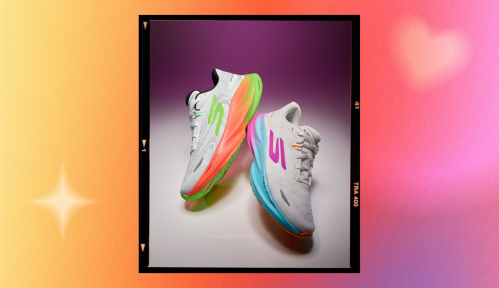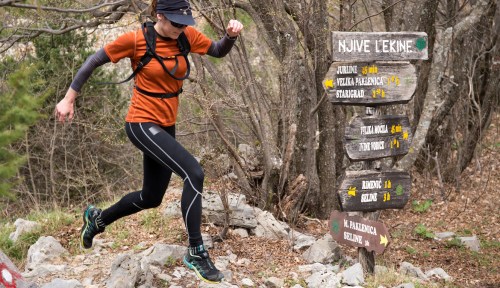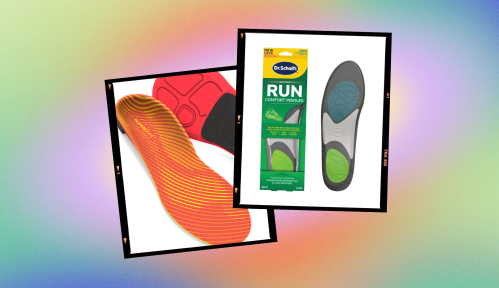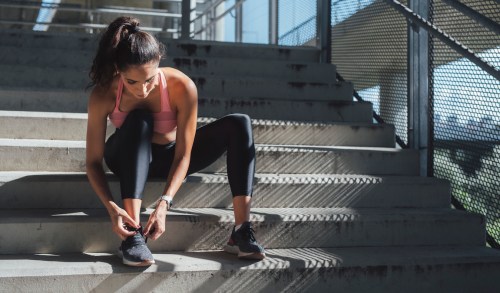Here’s your ultimate, editor-approved guide to choosing running shoes
We share how to choose running shoes depending on your needs—here's what to buy for every running scenario out there.
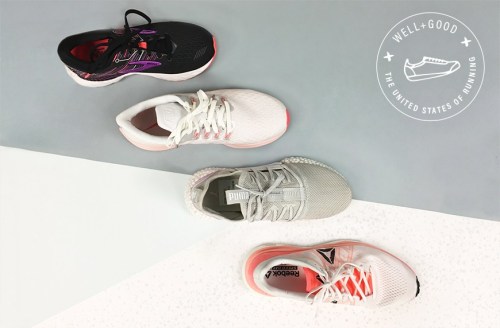
Like delicate little snowflakes, everyone has different needs when it comes to their running shoes. Some people run barefoot and others need all the foam cushioning. But once you find the pair that’s right for you, it’s pretty much one of those match-made-in-heaven kind of moments. You know. And as for the rest of us? Well we’re still looking for how to choose running shoes that fit our precise needs.
“It’s always important to note that as runners, we’re all different,” says Jess Movold, a coach at New York’s Mile High Run Club, a running-focused boutique fitness studio. “That’s what makes everyone so special—runners come in all shapes and sizes, and so it’s important to take all of these things into consideration when looking for the right running shoe.”
Perhaps you run on your toes, or have fallen arches, or deal with pronation in your gait—these and numerous other variables come into play when you’re reenacting Cinderella at your local Foot Locker. “Comfort, fit, and form are all very important, specific, and personalized things to keep in mind when looking for your shoe,” says Movold. So unlike other shoe shopping, this one ain’t just about how they look (I’ll leave that one for heels and such). Keep scrolling for your ultimate guide for choosing the right running shoes for your feet.
How to choose running shoes that work the best for you
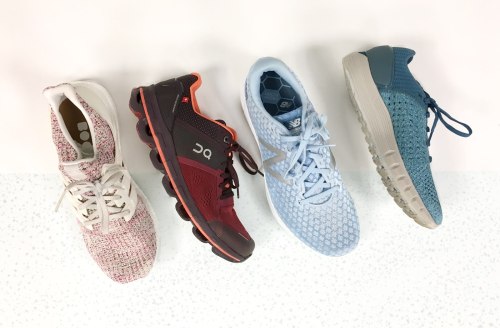
1. Neutral running shoes: for a medium amount of cushion
These are the Goldilocks of running sneakers—not too cushioned, not too flat. They’re just enough to let you do your thing without really imposing. “A neutral shoe is just that: neutral,” says Movold. “They provide a small amount of cushioning and a neutral amount of stability. They’re really made for a runner with a neutral gait, meaning they do not over or under pronate when striking the ground.” Sneakers in the neutral category are traditionally meant for your typical running locations: on the pavement, on a track, or on a treadmill, and will provide responsive, smooth support wherever you go. They’re really good for long runs, road running, heavier runners, and marathoners, and everyone from beginner-level to ultra-marathoners can opt for these.
The best neutral sneakers
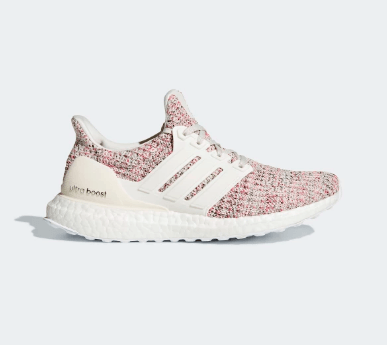
Adidas Ultraboost $180
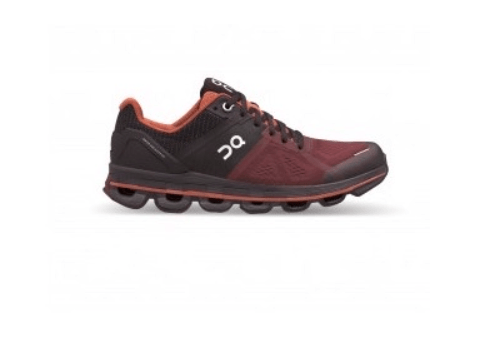
On Cloud Ace $200
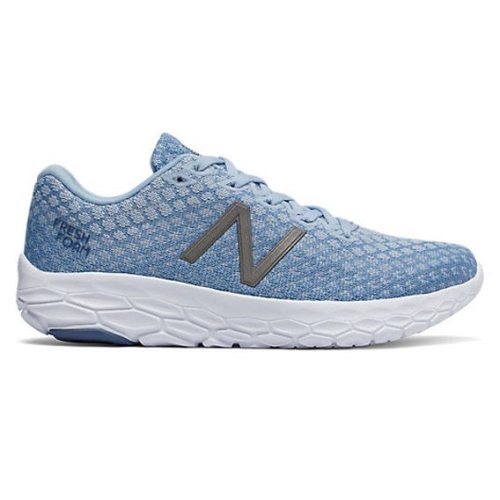
New Balance Fresh Foam Roav Fusion $85
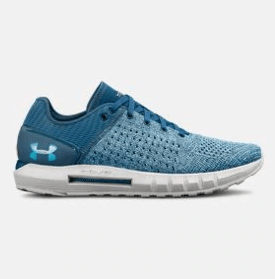
Under Armour Hovr Sonic $100
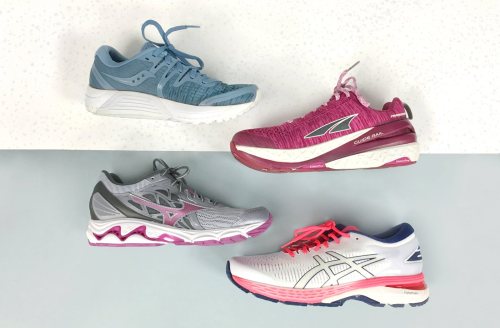
2. Stability running shoes: for the most form correction
These sneakers are made for those who need a little more help correcting form in terms of gait—as in, you deal with pronation or your foot collapsing inward when you run. “Stability shoes are specifically made for runners who tend to over-pronate,” says Movold. “This is when the foot excessively rolls inwards and places too much weight on the inside of the foot instead of the ball of the foot.” As a result, these shoes have a decent amount of more support towards the inside of the foot. “A shoe with more stability than a neutral shoe is going to form-correct this by placing more support inside the shoe to work against the inward roll that’s happening in order to simulate a more neutral foot strike.” Stability shoes are particularly helpful for those who are just getting into running or are beginner-level.
The best stability sneakers

Saucony Women's Guide ISO 2 TR $70
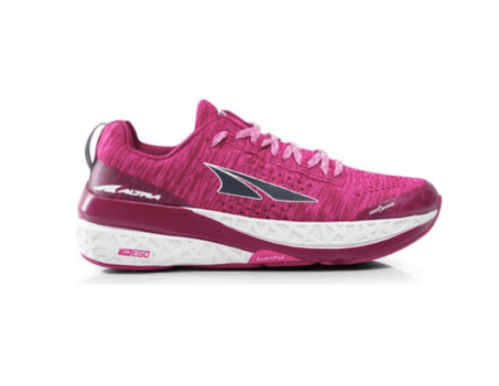
Altra Paradigm 4 $150

Mizuno Wave Inspire 15 $95
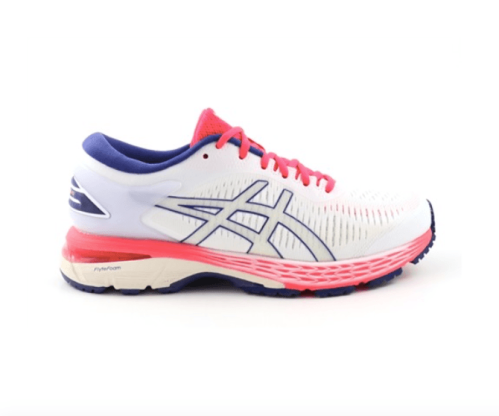
Asics Kayano 25 $100

3. Motion control running shoes: for the most amount of cushioning
If you’re in need of a lot of support and cushioning, your ideal running shoe would be something like this, which taps both forms of technology. “They are made with the most material, support, and cushioning and tend to be a more rigid and structured shoe,” explains Movold. “These are for runners who might be need additional support due to fallen aches or flat feet.” They’re also particularly good if you have more of an impact when you run. “These are also great for runners with a higher body weight—the more weight we carry, including bones, height, and composition, the more impact we experience with the ground,” she explains. Motion control sneakers are ideal for long runs and runners of all levels.
The best motion control sneakers

Brooks Adrenaline GTS 19 $85

Nike Air Zoom Pegasus 36 Premium $96
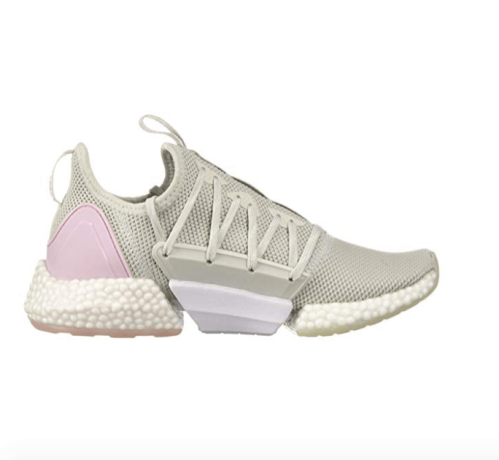
Puma Hybrid Rocket $120

Reebok Floatride Run Fast $130
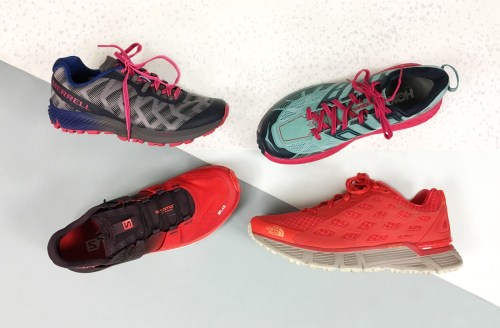
4. Trail running shoes: for the outdoors
I went hiking this past weekend, and boy could I tell that I needed a serious shoe (hello, slipping on leaves and climbing on uneven rocks). “When trail running, it’s not only important to keep in mind the stride, gait, and form of the runner, but to keep in mind the specific need for the shoe on top of the initial running shoe,” says Movold. “Trail running means unknown terrain. Additional support, especially ankle, is very important.” Because of all of the unevenness and other obstacles on trails, trail shoes provide a stronger connection to the ground. “They have a more substantial tread on the bottom to work against slick surfaces, loose soil, and gravel,” says Movold. “Even if you operate with a minimal shoe on the road or treadmill as a runner, when trail running it’s important to wear a shoe with additional support and structure while bouncing and weaving on a trail.” You can find them in all sorts of fun, bold colors (you know, to keep the outdoors interesting), and they’re effective for walking and hiking in addition to running up and down those slopes.
Best trail running sneakers
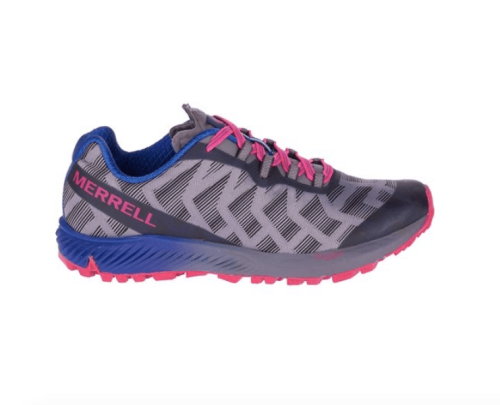
Merrell Women's Agility Synthesis Flex $110
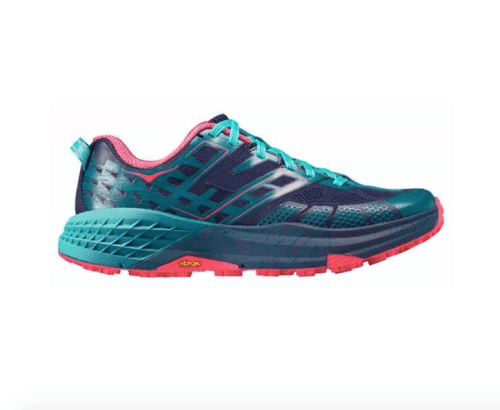
Hoka Speedgoat 2 $109
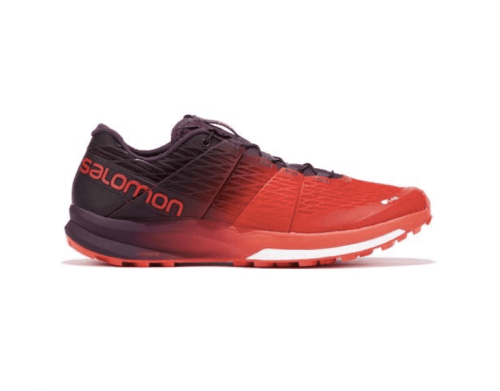
Salomon S/Lab Ultra 2 $180
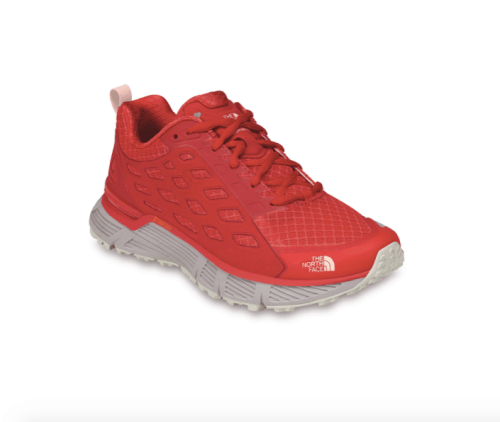
The North Face Endurus TR $130
Originally posted November 13, 2018, updated March 25, 2020
Now, to put these shoes to use, here are running rules to break ASAP. And if you’ve lost your mojo, here’s how to get back into running.
Sign up for the Well+Good SHOP Newsletter
Get exclusive deals on wellness, beauty, fitness, and food products that have been hand-picked by our editors.
Got it, you've been added to our email list.

